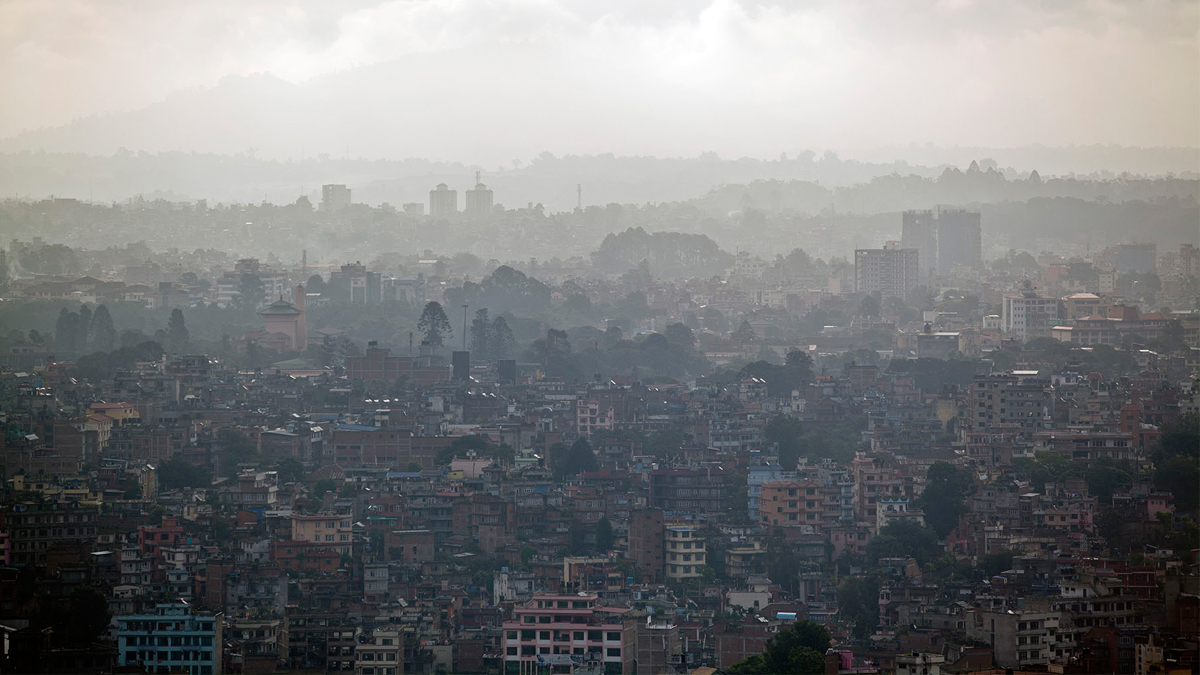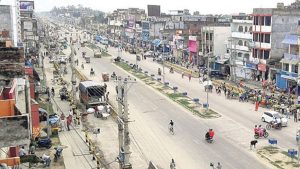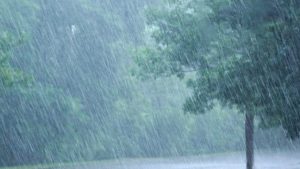
Unhealthy Air Quality Grips Kathmandu

In a concerning revelation, the air quality in Kathmandu, the capital of Nepal, has been flagged as unhealthy, with PM2.5 levels reaching a worrisome 160 micrograms per cubic meter (μg/m3) as of 9:15 am. This data, sourced from IQ AirVisual, a Swiss group specializing in global air-quality information, underscores the escalating air pollution crisis in the region.
PM2.5, a critical airborne pollutant comprising solid or liquid droplets with a diameter of less than 2.5 micrometers, has emerged as a significant public health concern. The current concentration in Kathmandu is reported to be 14.6 times the annual air quality guideline value set by the World Health Organization (WHO), according to IQAir.
The situation is even more alarming in neighboring areas, with Bhaktapur recording a PM2.5 concentration that is a staggering 20.2 times the WHO annual guideline value, standing at 175 μg/m3. In Lalitpur, the concentration is 12.5 times the WHO annual guideline, measuring at 155 μg/m3.
Regrettably, Kathmandu has earned the dubious distinction of being the eighth most polluted city globally, as per the latest IQ AirVisual rankings. Karachi in Pakistan currently holds the top spot, followed by Dhaka, Kolkata, Accra in Ghana, and Delhi, rounding out the five most polluted cities in the world.
Amidst these concerning developments, there is a silver lining in the global air quality scenario. Japan has showcased its commitment to environmental well-being, with three cities—Kyoto, Nagoya, and Tokyo—making it to the list of the world’s cleanest cities. These cities, along with Oslo and Sydney, stand as beacons of clean air in contrast to the rising pollution levels seen in various parts of the world.
Local authorities and environmental agencies are urged to take swift action to address the air quality crisis in Kathmandu and implement measures to curb pollution for the well-being of residents and the environment. The global community continues to grapple with the urgent need for sustainable practices to combat the escalating threat of air pollution.













Comments